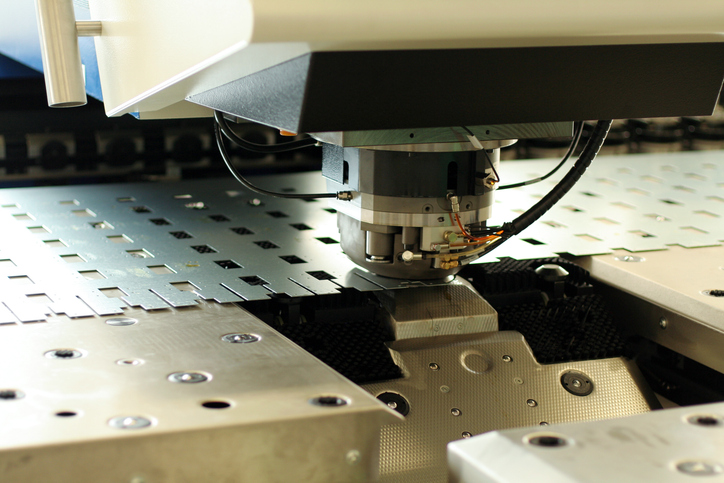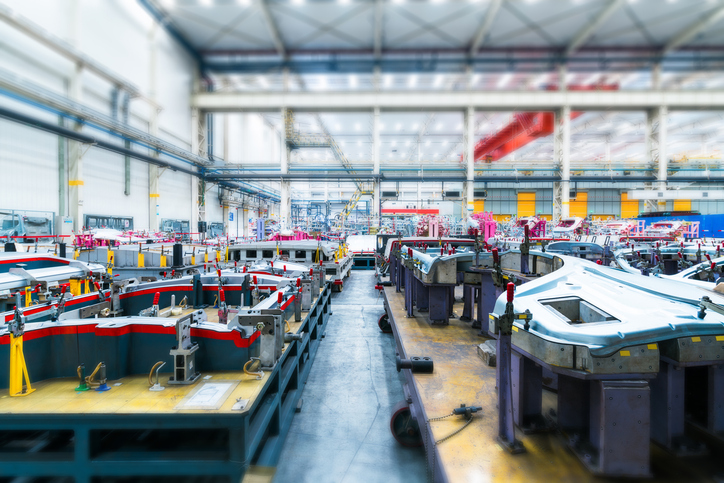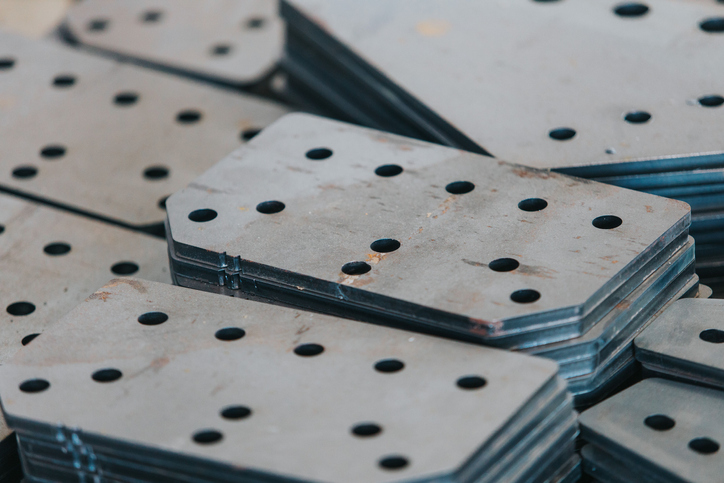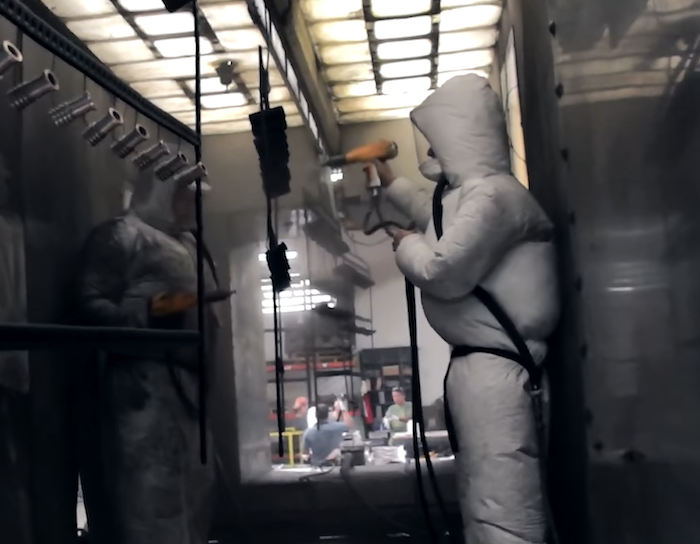What is fine blanking? This metal blanking process is popular in diverse applications since it can shape the workpiece into functional parts with a simple die and punching mechanism. It involves placing the metal into the blanking die and applying a punching press downwards. Thus, the punching force shears the material into a desired shape, known as “blank”. Meanwhile, the blank corresponds to the punch’s shale and is a cut-out piece of the workpiece material.
The blanking process often produces parts with burrs at the part’s edges and requires post-machining. However, fine blanking can produce precise parts with clean and sharp edges. This article will discusses the process, includes a comparison with regular blanking and illustrates common products.

How does Fine Blanking Work?
Fine blanking is similar to the stamping process as it creates shape by pushing or punching the sheet through the die. Yet it is unique because it creates parts using two opposite matching dies from a flat piece of material. Fundamentally, the die and punching mechanism differs when compared to the regular or standard stamping.
Unlike regular blanking, pressure applies from both the top and bottom sides of the sheet in fine blanking. This dual-directional force exists to ensure an exceptional level of dimensional accuracy and finish quality. Next, it minimizes the clearance between the punch and the die. Thus, fine blanking is suitable for manufacturing parts with smooth edges, intricate details, and minimal distortion.
Fine Blanking Vs Regular Blanking: Key Differences
The table below illustrates key differences between each process
| Aspect | Fine Blanking | Progressive Metal Stamping |
| Pressure Application | Pressure applies from both the top and bottom. | Pressure applies usually from one direction only (top). |
| Precision | Higher precision with smooth corners & edges. | Less precise blanking. So, edges may require further finishing – be it e-coating or in some instances deburring. |
| Surface Finish | High-quality finish on blanked area or position. | Finish quality is lower; parts might need additional processing. |
| Material Deformation | Minimal distortion due to controlled pressure. | The high punch force from the top is more likely to cause material distortion. |
| Complexity | It creates complex shapes and intricate details, such as tabs & slots. | Better suited for simpler shapes. |
| Tooling | It demands a specialized die and punching setup. This ultimately means more expensive tooling. | Uses less complex and less expensive tooling. |
| Production Cost | Generally higher cost due to specialized processes. | Provides a lower cost when compared to fine blanking. |
| Speed | Slower process due to precision requirements. | Faster, more suited to high-volume production. |
| Clearance | Extremely minimal clearance between punch and die. | Larger clearance between punch and die. |
| Part Consistency | High repeatability and consistency in parts. | Consistency can vary, especially for finer details. |

Common Parts
The fine-blanking process is known for its precision, repeatability, and ability to produce complex shapes. It suits the automotive, electronics, and medical industries.
Here are the common parts that result from the process.
1. Mechanical Gears
Gears made from this process are integral to machinery, ensuring seamless operation as they can create gears with precise tooth profiles.
The pressure from both sides during gear blanking achieves smooth edges and finish. Thus, the gear can operate with minimal friction and noise, contributing to the longevity and efficiency of the machinery.
2. Electrical Connectors
Fine blanking achieves the precise dimensions and clean edges necessary for reliable electrical connections. The fine-blanked complex internal features on connectors facilitate the snug fitting and function without fail.
3. Precision Blades
These blades need sharp, clean edges and precise shapes. Here, fine blanking provides the accuracy and smooth finish required for critical applications, ensuring safety and efficacy.
4. Door Lock Components
Door lock mechanisms demand high precision for security and functionality. It requires complex parts, like levers and cams. The process creates these components with smooth surfaces and exact dimensions, ensuring that locks function smoothly and securely.
5. Watch Components
The watch industry relies on fine blanking for its intricate components like gears and clasps that require finesse in precision. The end result achieves the delicate balance between aesthetics and functionality crucial for high-quality timepieces.
Parts and Products from Progressive Metal Stamping
Instead of complex and intricate details, regular blanking, usually called progressive metal stamping, suits simple and less precise components that require faster and cost-effective production. It’s ideal for large-scale manufacturing of parts that do not demand the high precision and smooth edges characteristic of fine blanking. Progressive metal stamping is popular in construction, home appliances, and automotive applications.
Typical parts include washers, brackets, metal tags, structural frames, medals, and coins.
So..Do You Need Fine Blanking?
Fine blanking has several use cases that make its capabilities a superior option for certain products. However, for the vast majority of stamped metal parts, progressive metal stamping’s versatility make it the best choice. Curious if progressive metal stamping is the right fit for your part? Contact ITD Precision today to discuss your project.


